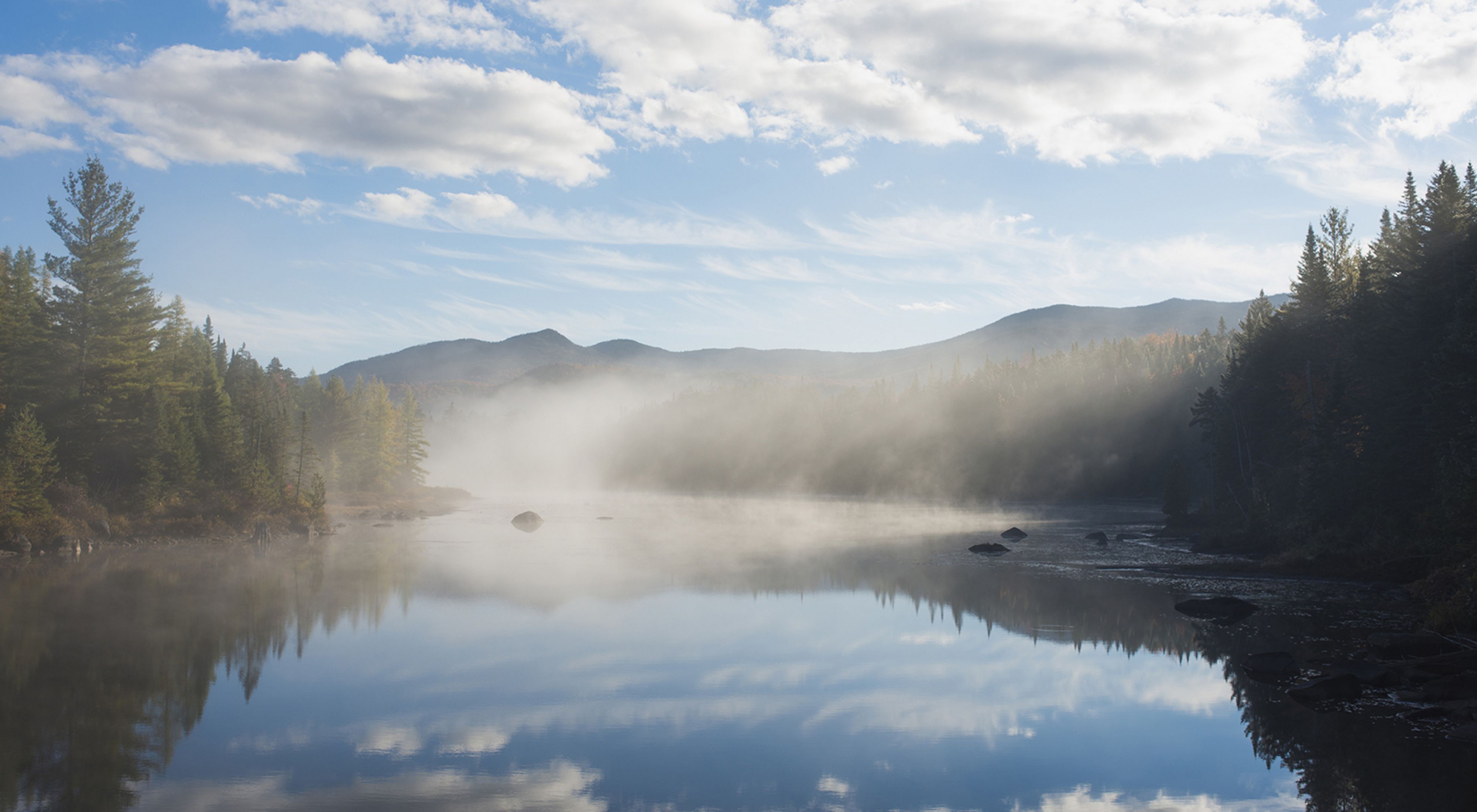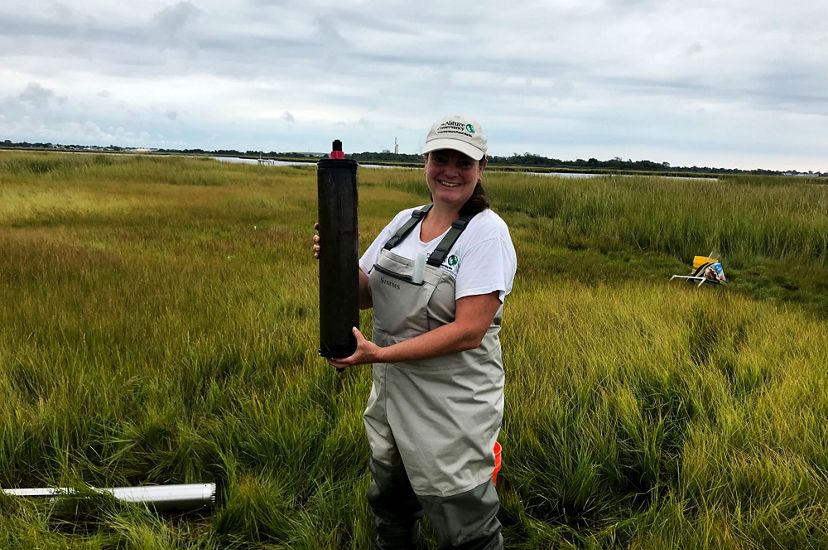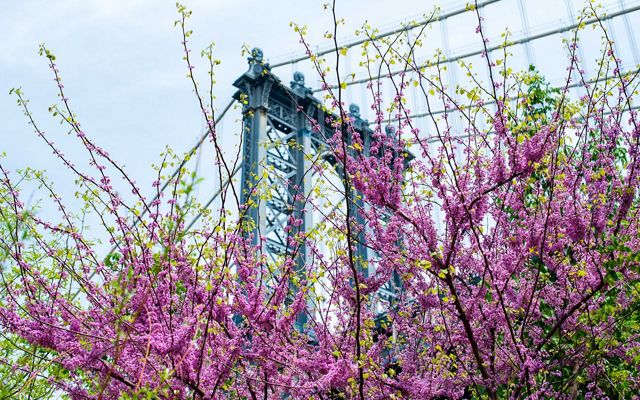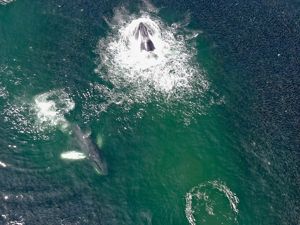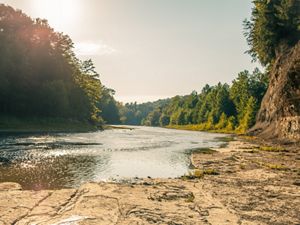Nature Connects Us
As we continue our work across New York, these videos, stories, educational resources and more are here to help strengthen connections to nature.
While we are facing an unprecedented crisis that is affecting all of us in different ways, Nature Conservancy team members across New York—like the rest of you—are working hard to adapt. At a time when it’s easy to feel helpless, we find inspiration in the opportunities we have to do good, and in nature itself.
We are as committed as ever to creating a world where all of nature, including humanity, thrives.
To provide some hope and comfort in this challenging time, we’ll be highlighting a different conservation theme each week, sharing videos, images, stories, educational resources and e-cards to help you connect with nature, whatever your circumstances. Tune into our social media channels for these features each week, and take a look at the roundup of content below to feel all the more connected to nature in this new reality we face.
We hope you will be inspired by the power of people and nature. Please let us know what topics are of interest to you by using the #NatureConnects hashtag on social media.
Stewardship
Hear from Marcela Maldonado
Our stewardship team helps people connect to nature at our 131 preserves across New York. Hear from Preserve Stewardship Coordinator Marcela Maldonado, who tunes in from our Arthur W. Butler Memorial Sanctuary, on the opportunities preserves provide for discovery, innovation and connection.
Preserve Resources
Our priority is the health, safety and well-being of our preserve stewards and visitors. While we share the below resources related to these natural areas, we ask that you follow local, state and federal guidelines and practice social distancing if you choose to visit a preserve. Do also check our preserve map at the link below before you visit to make sure the preserve you’re interested in is open.
New York Preserve Map
From the Adirondacks to Long Island, our preserve map shares places to enjoy the natural world across the state.
New York Preserve Visitation Guidelines
Our updated guidelines share everything you need to know to explore our preserves.

Cities
Hear from Kat McGlynn
Tuning in from Queens, New York, our NYC Marketing Manager Kat McGlynn shares more on our work to protect, maintain and expand the city’s urban forest as part of our Future Forest NYC initiative. This project, combined with our work advocating on behalf of green roofs, shows how #NatureConnects people and wildlife in cities to strengthen the quality of life for all New Yorkers.
Stories that Give Us Hope
We're turning to these powerful stories of how nature connects all of life throughout New York and beyond.
Just Nature NYC Partnership
Nature-based solutions, including trees, green roofs, rain gardens and wetlands, can help mitigate climate change and support thriving communities. In New York City, we’re collaborating with the NYC Environmental Justice Alliance to expand these benefits that #NatureConnects us with to the communities that need them most in a more just and equitable way.
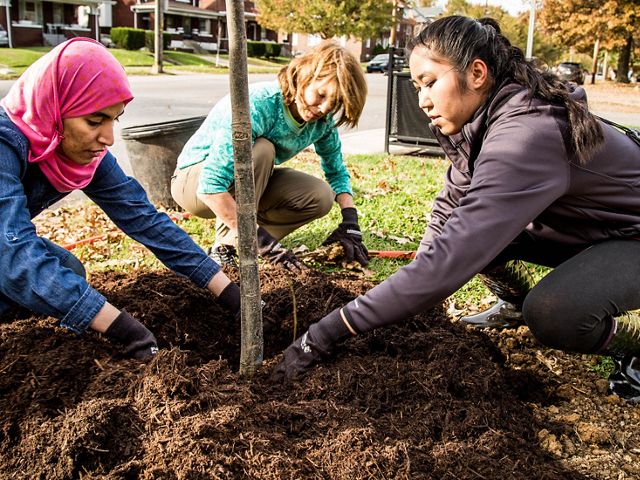
Unlocking the Power of New York City's Roofs
In New York City, we’re turning to the power of green roofs and solar panels to help make the city’s buildings more sustainable in the face of climate change. #NatureConnects these important resources to lessen the negative impacts of stormwater on local waterways, expand access to renewable energy sources, and many other benefits! Our guide with Urban Green Council, linked above, details more.
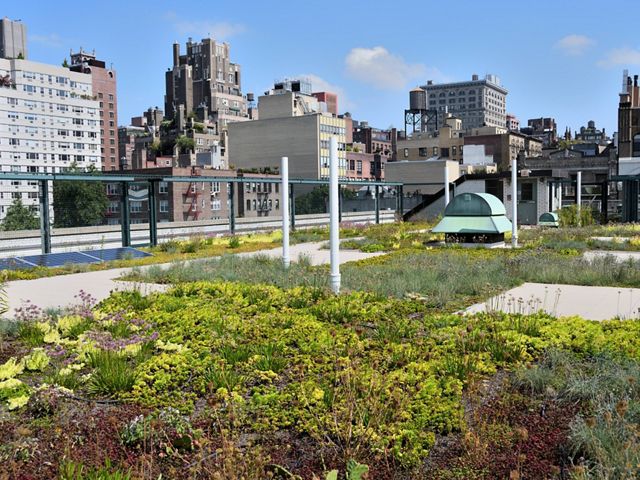
Climate Adaptation
Hear from Alison Branco
Coastal Director Alison Branco's work revolves around protecting and restoring natural areas as we face the effects of climate change on our coasts. Examples like our partnership with the Town of Brookhaven show how #NatureConnects us and helps us prepare for a future with a lot more water.
Stories that Give Us Hope
We're turning to these powerful stories of how nature connects all of life throughout New York and beyond.
Brookhaven Town, TNC Acquire Coastal Parcels
With the Town of Brookhaven, we've preserved 106 parcels of coastal wetlands in Mastic Beach, helping to protect people, roads, and buildings from flooding and rising seas. See how #NatureConnects the area and how reverting the parcels back to healthy wetlands will make a difference.
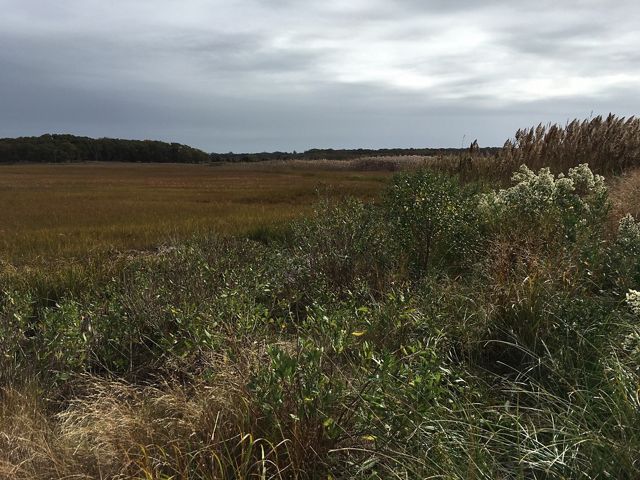
Natural Climate Solutions
Natural climate solutions can deliver up to a third of the emission reductions needed by 2030. #NatureConnects these wetlands, grasslands, forests and more to tackle climate change and deliver benefits for all of nature, people and wildlife included.
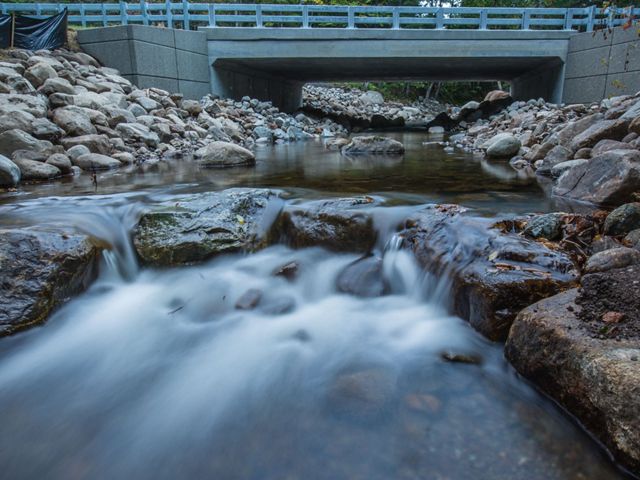
Educational Resources
For all kids (and adults, too!), our Nature Lab shares many more resources for how #NatureConnects our climate adaptation work. Take a look at lessons like “How Dirt Works," "How Natural Areas Filter Water," "Understanding Climate Change" and more for lesson plans, interactive videos and unique learning around nature's power to help us prepare for climate change.
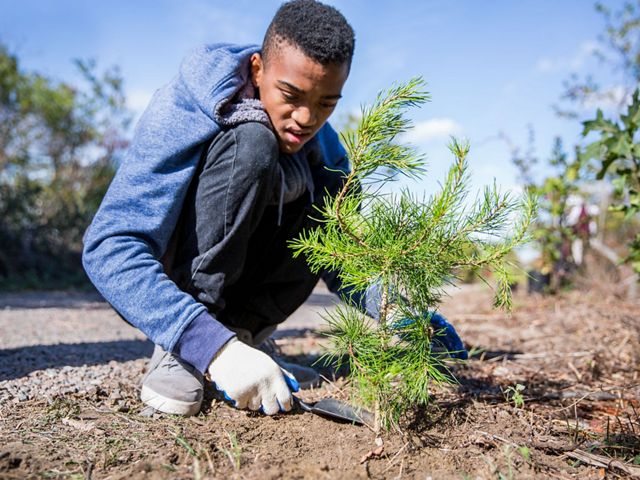
Oceans & Coasts
Hear from Pippa Kohn
Sustainable Fisheries Ecologist Pippa Kohn works on the connections between the Great Lakes and the fish species once vibrant in the area. #NatureConnects the Great Lakes region to offer a thriving home and abundant supply of water to all of nature, people and wildlife included! Tune in below to hear more about this work.
Stories that Give Us Hope
We're turning to these powerful stories of how nature connects all of life throughout New York and beyond.
Whales Return to New York
Atlantic menhaden are one of the most important fish species in the sea, providing food to a diverse range of marine life. Check out how #NatureConnects our collaborative management of this species along the East Coast with the return of a majestic friend to New York's waters.
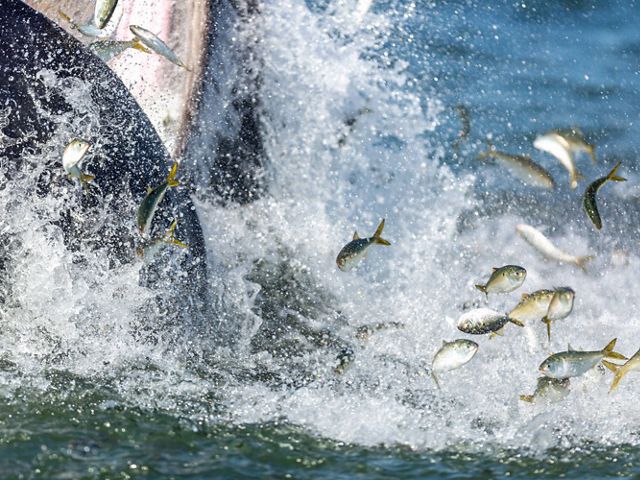
Educational Resources
For all kids (and adults, too!), our Nature Lab shares many more resources for how #NatureConnects oceans and coasts and our work. Take a look at lessons like “The Need Is Mutual: Biological Interactions,” “Coastline Erosion Protection," “Sustainable Fishing” and more for lesson plans, interactive videos and unique learning around these natural systems.
Lands
Hear from Gabe Chapin
Forest Carbon Manager Gabe Chapin's work is all about finding creative approaches for using forests to fight climate change. #NatureConnects hardworking forests across the East Coast, and through programs like our Working Woodlands, we're able to expand the climate fighting potential of these ecosystems. Tune in below to hear more about this work.
Stories that Give Us Hope
We're turning to these powerful stories of how nature connects all of life throughout New York and beyond.
Meet the Trees
#NatureConnects us to enhanced air quality from the Adirondacks stretching to the end of Long Island. We have trees to thank for this important work! See how we're working with the Gowanus Canal Conservancy to cultivate healthy street trees in New York City.
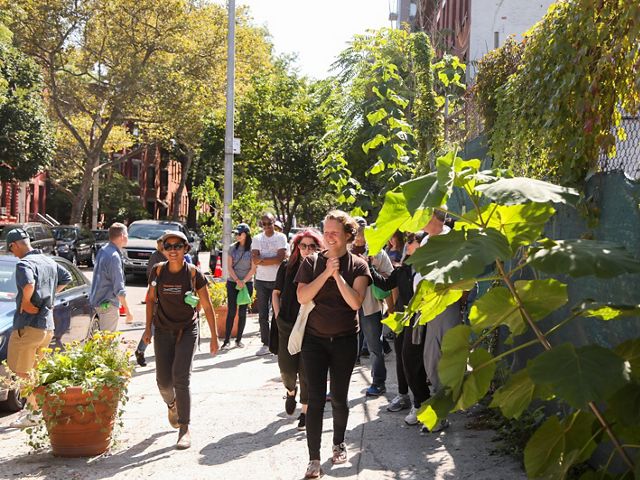
Working Woodlands
Forests are a powerful force for fighting climate change, showing how #NatureConnects the ability to store and sequester carbon through natural climate solutions. Our Working Woodlands program recognizes how vital this connection is and how needed it is to increase forest protection.
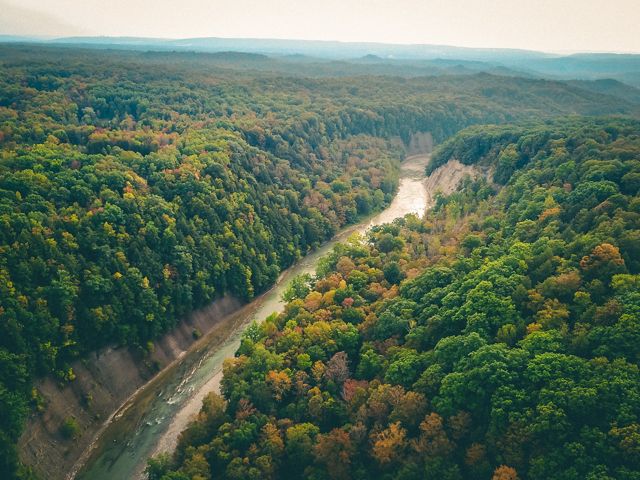
Educational Resources
For all kids (and adults, too!), our Nature Lab shares many more resources for how #NatureConnects lands and our work. Take a look at lessons like "The Role of Soil,” “Reforestation: Impact on Climate,” “Urban Trees,” and more for lesson plans, interactive videos and unique learning around this important resource for all of nature.
Water
Hear from Cathy Gibson
Water Resource Scientist Cathy Gibson's work is focused on how #NatureConnects community members, business leaders, municipal officials, and more around a common goal: addressing water issues across New York. From Buffalo to Shelter Island, these stakeholders make a lasting difference for improving water quality throughout the state. Tune in below to hear more about this Water for Tomorrow work.
Stories that Give Us Hope
We're turning to these powerful stories of how nature connects all of life throughout New York and beyond.
Help Us Clean Long Island's Water
On Long Island, we’re working hard to advance policy that would replace nitrogen polluting septic systems and the harmful effects they have on water quality. You can help make a difference—and show your support of how #NatureConnects all of us to this resource.
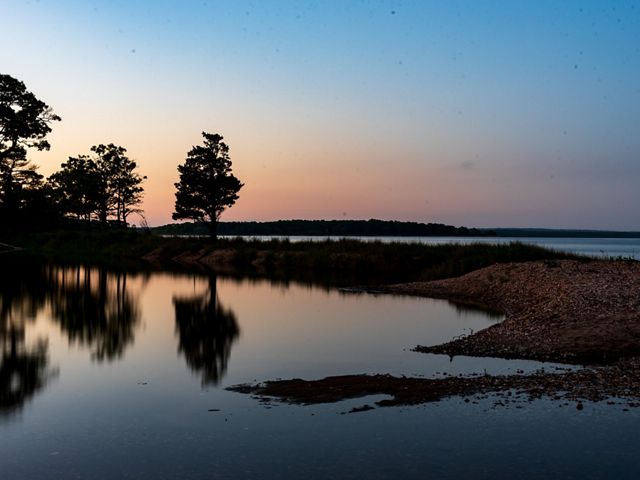
Protecting Land to Fight Harmful Algal Blooms
Throughout the Finger Lakes, we’re partnering with local community members and stakeholders to improve water quality in the region. Local farmlands and wetlands are important sources of how #NatureConnects us to clean water.
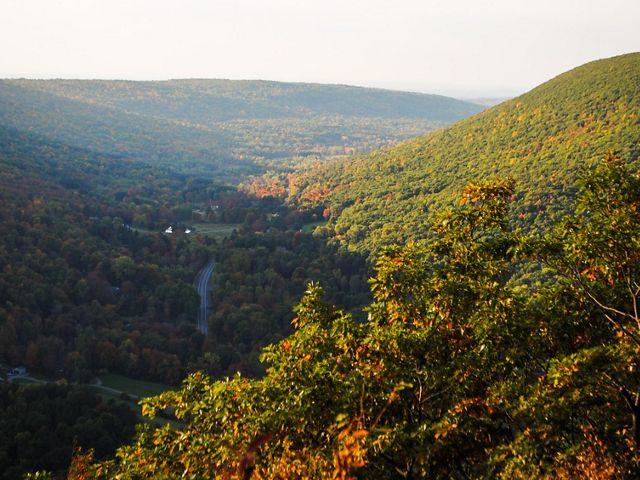
Educational Resources
For all kids (and adults, too!), our Nature Lab shares many more resources for how #NatureConnects water and our work. Take a look at lessons like "How Natural Areas Filter Water,” “Biomimicry: Water Security,” “Urban Runoff: Stormwater Management,” and more for lesson plans, interactive videos and unique learning around this important resource for all of nature.
Science & Connectivity
Hear from Michelle Brown
Senior Conservation Scientist Michelle Brown's work is that of connection—helping animals move, rivers flow, and much more. Tune in below to hear more about how #NatureConnects her work to bring benefits to animals, people, and all of our natural world.
Stories that Give Us Hope
We're turning to these powerful stories of how nature connects all of life throughout New York and beyond.
Fighting Climate Change in New York's Zoar Valley
#NatureConnects the air we breathe and the water we drink, and forestland protection like our work in the Zoar Valley shows the benefits of preserving one of the world’s most vital natural resources: trees.

Critter Crossings
Culverts are a critical way that #NatureConnects critters to their natural habitat. These drains connect stream segments and water flows, and our work to retrofit them with critter crossings provide a safe and long-lasting way that helps mammals cross under roads, avoiding cars.
Educational Resources
For all kids (and adults, too!), our Nature Lab shares many more resources for how #NatureConnects science and our work. Take a look at lessons like “How Water Works in Your Garden,” “The Need is Mutual: Biological Interactions,” “Finding your Flow: Watersheds,” and more for lesson plans, interactive videos and unique learning around science and connectivity.
